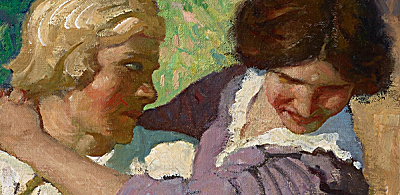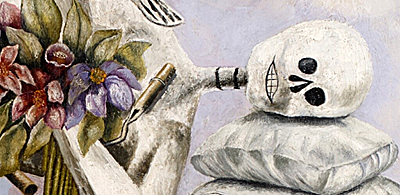That Article or Page No Longer Exists...
Instead check out the latest blog posts below or three random blog posts further down.
Latest Additions to the Blog

AI, the end of Illustration art
I recently came across an illustration of Elon Musk published on a popular news and commentary website. The credit for the likeness read “Image generated

Frida Kahlo and The Dream
The culture vultures have descended. On Nov. 20, 2025 Sotheby’s New York auctioned a 1949 self-portrait by Frida Kahlo. It is titled El sueño (La

Luigi’s Circle Jerk Army
On April 13, 2025, the antediluvian punk rock band from Los Angeles, the Circle Jerks, performed at the Coachella Valley Music and Arts Festival. Singer
Three Random Blog Posts
The Truth About Babylon Berlin
In the dead of night in 1929, a Steam Locomotive roars down the tracks to Berlin from somewhere in Russia. The mysterious train carries hidden
WARP Interview: Against the Machine
WARP, the Spanish language glossy magazine from Mexico that focuses on the international contemporary music scene, arts, culture, cinema, and more, conducted an interview with
The Builders & The Destroyers
Jacob Lawrence (1917-2000) was one of America’s greatest African American artists – but you could just as easily say that he was one of the

